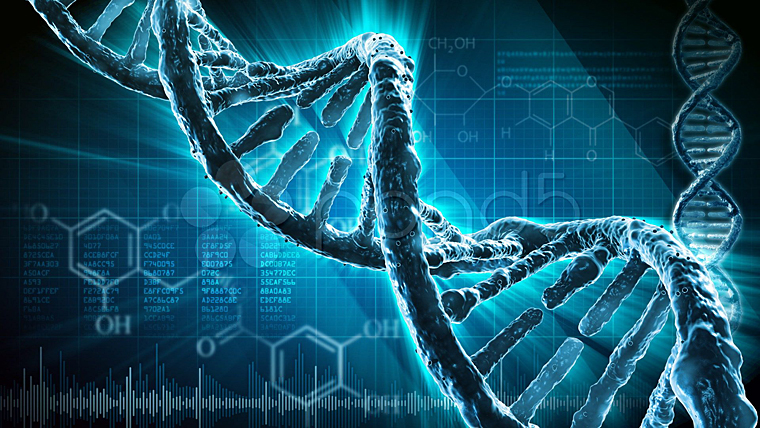
When Watson and Crick revealed the structure of DNA to the world, science concluded that genes were destiny. At the time the double helix blueprint containing millions upon millions of individual coded genes seemed to be of such magnitude and complexity that it would forever be beyond the reach of science to unravel the mysteries of the human genome.
With the help of automated computer programs and highly sophisticated procedures, however, even this monumental task has yielded to the prying eyes of science, and the mapping of the human genome’s three billion DNA base pairs, each containing approximately 25,000 genes, has now been completed. The genetic blueprint, it appears, has been decoded, classified, categorized and delineated and is now available for manipulation, augmentation, modification and commerce.
As so often happens, the conclusions we reach as we reduce the material world into its component parts are never the whole truth. With each curtain parted, yet another is revealed, and as we peer deeper into the nature of things, our previous conclusions are rapidly discarded. No sooner have we developed the ability to read our genetic blueprint than our assumptions about inheritance and genetics have undergone another upset, yet again. This time, it is in a field of study called “epigenetics.”
Science has long known that the myriad genes of DNA express themselves in living things in myriad ways. A specific gene in one person may be expressed, while the very same gene in another will not. This “on/off” function of gene expression is not fully understood, but environmental, physical and even emotional factors seem to be involved with activating or stopping gene expression. Thus each individual manifests not only the outcome of his or her genetic blueprint, but also the cumulative effects of being in the world altogether.
What has only recently come to light, however, is the way in which the experience of being in the world can not only affect the genes within an individual, but also affects the genetic inheritance of that individual. This is what the study of epigenetics is all about. We are learning that stress or hunger, for example, when experienced at an early point in life, not only turns on or off certain genes in an individual, but affects that individual’s future descendants. Recorded in the genetic memory, these events resonate through time. The stressed and hungry eight-year-old, it turns out, affects the health and longevity of his grandson. We are not talking here about mutation, the genes do not change; it is more like a long-lasting resonance.
Thus, the genetic blueprint is akin to a musical score; we can see the notes and even read them, but of equal importance is the way in which the notes are played. The same piece of music can be played many ways – slow and mournful or light and lively. Like genes, the notes themselves don’t change, but tempo and mood transform the score. Moreover, how our genetic notes are played transforms not only our selves, but our offspring as well.
So once again, we come face to face with the stunning complexity of being in the world. Despite our desire to get to the bottom of things and discover the meaning of life, it eludes us in a galactic symphony of interrelatedness that places the very idea of separation firmly into the realm of ordinary confusion.